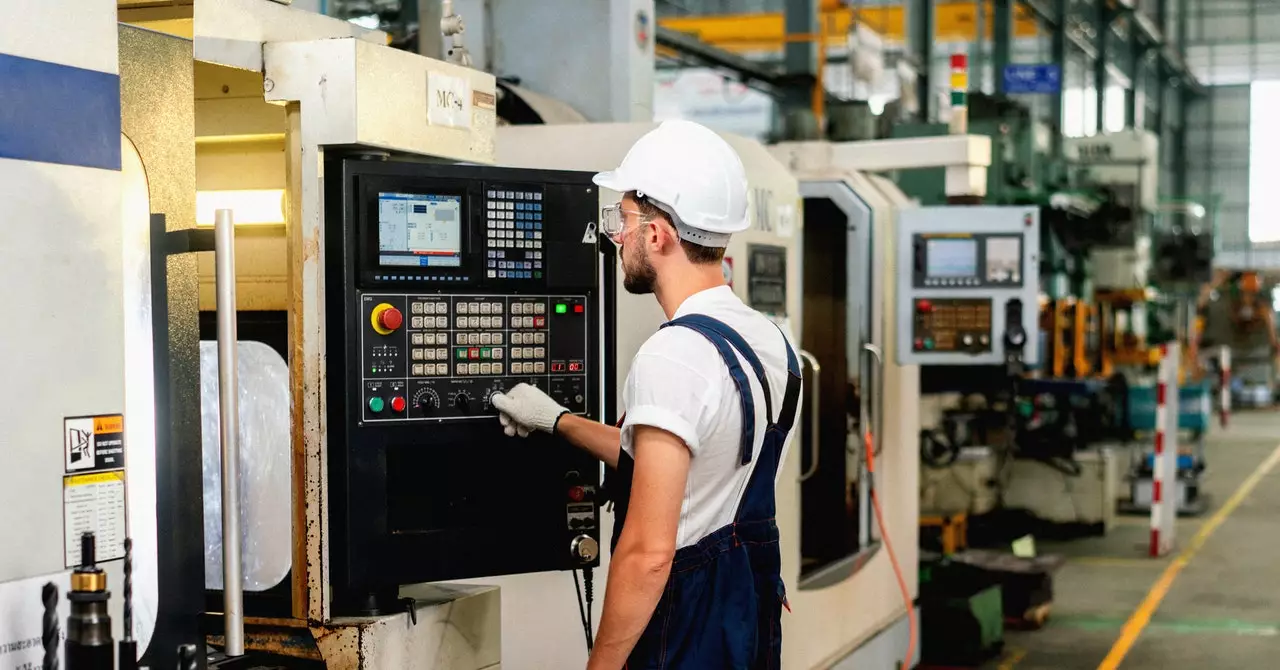Manufacturing processes have undergone substantial transformations in the last century, yet the core machinery for grinding steel ball bearings has largely remained unchanged since the early 1900s. Nonetheless, automation has seeped into almost every aspect surrounding this fundamental process. Nowadays, the activity is largely automated, with conveyor belts handling the movement of materials and products. Nevertheless, the responsibility of troubleshooting any malfunctions remains a task primarily for human operators. However, advancements in artificial intelligence (AI) suggest that this responsibility may soon be transferred entirely to machines, streamlining operations even further.
At the Schaeffler facility in Hamburg, the journey of a steel ball bearing begins with the meticulous cutting and pressing of steel wire, molding it into rough ball forms. These balls then undergo a hardening process involving multiple furnaces to enhance their durability. After hardening, they are subjected to a series of three precision grinders, shaping them to an astonishing level of spherical perfection within a tenth of a micron. This extraordinary precision is integral to modern industrial practices because these ball bearings are pivotal in enabling low-friction joints utilized in diverse machinery, from lathes to car engines.
Such a high level of precision doesn’t come without challenges; constant quality control is paramount. While advanced testing protocols can identify defects along the production line, tracing the exact cause of these flaws requires a comprehensive analysis of various industrial equipment. The complexity arrives from the fact that these machines were not initially designed to interconnect seamlessly, leading to an arduous task of data comparison. Identifying the root cause of issues—whether it be a miscalibrated torque tool or a faulty grinding wheel—often feels like assembling a puzzle with missing pieces.
Schaeffler’s recent partnership with Microsoft marks a pivotal moment in the integration of AI into manufacturing. The introduction of Microsoft’s Factory Operations Agent, powered by advanced large language models, signifies a leap in utilizing AI to monitor manufacturing processes. This innovative tool operates much like a conversational AI, similar to ChatGPT, but is specifically tailored for the intricate needs of factories. It is designed to assist in diagnosing defects, unplanned downtimes, and excessive energy consumption by analyzing data across the entire manufacturing process.
Kathleen Mitford, Vice President for Global Industry Marketing at Microsoft, emphasizes the agent’s ability to “understand questions and translate them with precision and accuracy.” For instance, if a factory employee raises a query regarding the sudden uptick in defects, the data model can pull relevant information from various points in the production sequence, providing profound insights that were previously time-consuming and challenging to extract.
Central to the efficacy of the Factory Operations Agent is its integration with Microsoft’s established enterprise tools, particularly Microsoft Fabric, a data analytics platform. This grants Schaeffler the ability to harness a broad spectrum of data from its numerous facilities worldwide. According to Stefan Soutschek, Schaeffler’s Vice President in charge of IT, the true strength of this system lies in its massive data analysis capabilities, which surpass the mere utility of the chatbot functionality itself.
A significant aspect is that, while the system can offer recommendations based on queried data, it is not designed as an autonomous agent with decision-making powers. The agent acts primarily as an intermediary, providing data access rather than executing commands autonomously, aligning with the premise of AI as a tool for enhancing human output, rather than replacing it.
As we look toward the future, the collaboration between human workers and intelligent systems heralds new possibilities in the realm of manufacturing. The reliance on AI tools like the Factory Operations Agent not only promises to reduce human error but also enhances overall efficiency. The prospect of harnessing cutting-edge technology to delve deeper into production data paves the way for smart manufacturing environments wherein human oversight works synergistically with machine intelligence.
In an industry historically anchored in traditional processes, embracing these advanced methodologies may significantly ease operational hurdles and elevate product quality. As more manufacturers adopt such innovative technologies, we can expect a radical evolution in production paradigms that uphold precision and productivity in the modern industrial landscape.

